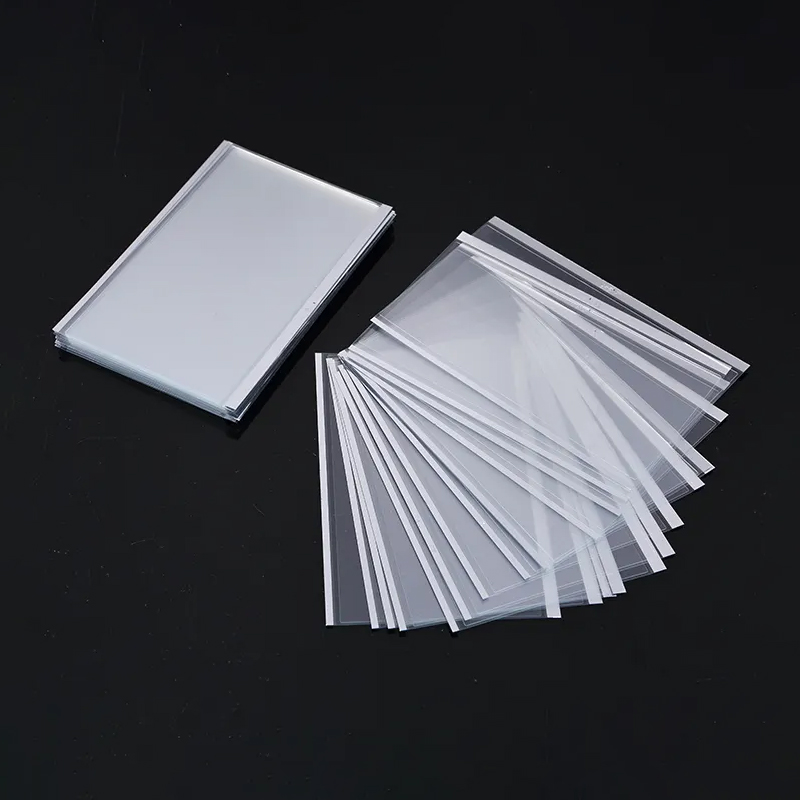The protection current transformer (TA) is a critical component that works in conjunction with relay protection systems to detect and isolate fault currents, such as short circuits or overloads, ensuring the safety of the power system. Unlike measuring transformers, which operate within a normal current range with high accuracy, TAs are designed to saturate quickly when exposed to large fault currents. This saturation protects connected instruments from damage while allowing the relay to act promptly.
Under normal conditions, the primary current (i1) flows through the TA, and the secondary current (i2) changes proportionally. However, when i1 increases beyond a certain threshold, the core becomes highly magnetized, causing non-linear behavior. The excitation current (i0) increases rapidly, containing high harmonic components, which distort the waveform of i2. As a result, the relationship between i1 and i2 becomes non-linear, leading to increased errors in both magnitude and phase.
Non-sinusoidal waveforms complicate the analysis using traditional phasor diagrams, requiring more complex error calculations. During a short-circuit event, the fault current can reach up to 10 times the rated current, significantly increasing the TA's error and potentially affecting the sensitivity and selectivity of the protection system. Additionally, if the secondary load exceeds the TA’s rated capacity, it further exacerbates the error.
To mitigate these issues, it is essential to choose the appropriate TA accuracy level based on the system’s requirements. For protection applications, the accuracy levels are typically denoted as 5P or 10P, where the number indicates the maximum allowable composite error at the specified accuracy limit factor. The accuracy limit factor (ALF) represents the ratio of the maximum fault current to the rated primary current. For example, a 5P30 TA means that the composite error should not exceed 5% when the primary current reaches 30 times the rated value.
In practical applications, selecting the correct TA involves considering several factors: the maximum expected fault current, the secondary load, and the required accuracy. A 110kV substation, for instance, may require a TA with a rated primary current of 1200A and a secondary load of 40VA. The accuracy limit factor must be chosen so that the TA remains within its error tolerance during fault conditions.
For measurement purposes, different accuracy classes are used, such as 0.2, 0.5, 0.2S, and 0.5S, each specifying the allowable error at various current levels. These standards ensure accurate readings under normal operating conditions.
When designing a protection system, it is also important to consider the secondary load, as higher loads increase the likelihood of core saturation. Reducing the load by using larger cable cross-sections or minimizing signal cable length can improve performance. Additionally, in cases where multiple TAs are used, their characteristics should be matched to avoid imbalance in differential protection schemes.
Lastly, modern microprocessor-based protection devices consume very little power, making the resistance of the signal cables the main contributor to the TA’s load. Careful selection of wire size and layout can significantly reduce this impact, improving overall system reliability.
The main purpose of OCA glue sheets is to provide a strong and reliable bond between the layers of a display module, while also ensuring optical clarity and minimal distortion. It helps to eliminate air gaps and improve the overall visual quality of the display by reducing reflections and enhancing color vibrancy.
OCA glue sheets are typically made of a high-quality acrylic material that is optically transparent. They are available in various thicknesses and sizes to suit different display applications. The sheets are usually pre-cut to the required dimensions and then applied to the display layers using a lamination process.
Overall, OCA glue sheets play a crucial role in the manufacturing of electronic devices with displays, providing a reliable and visually pleasing bonding solution.
Oca Sheet

OCA (Optically Clear Adhesive) glue sheet is a type of adhesive film that is used in the assembly of electronic devices, particularly in the display industry. It is a transparent and optically clear adhesive that is used to bond different layers of a display module together. OCA glue sheets are commonly used in the manufacturing of smartphones, tablets, and other electronic devices with touch screens or LCD displays.
The main purpose of OCA glue sheets is to provide a strong and reliable bond between the layers of a display module, while also ensuring optical clarity and minimal distortion. It helps to eliminate air gaps and improve the overall visual quality of the display by reducing reflections and enhancing color vibrancy.
OCA glue sheets are typically made of a high-quality acrylic material that is optically transparent. They are available in various thicknesses and sizes to suit different display applications. The sheets are usually pre-cut to the required dimensions and then applied to the display layers using a lamination process.
Overall, OCA glue sheets play a crucial role in the manufacturing of electronic devices with displays, providing a reliable and visually pleasing bonding solution.
Oca Sheet,Oca Sheet Paper,Oca Glue Sheet,Oca Glue Paper Sheet
Dongguan Jili Electronic Technology Co., Ltd. , https://www.jlglassoca.com